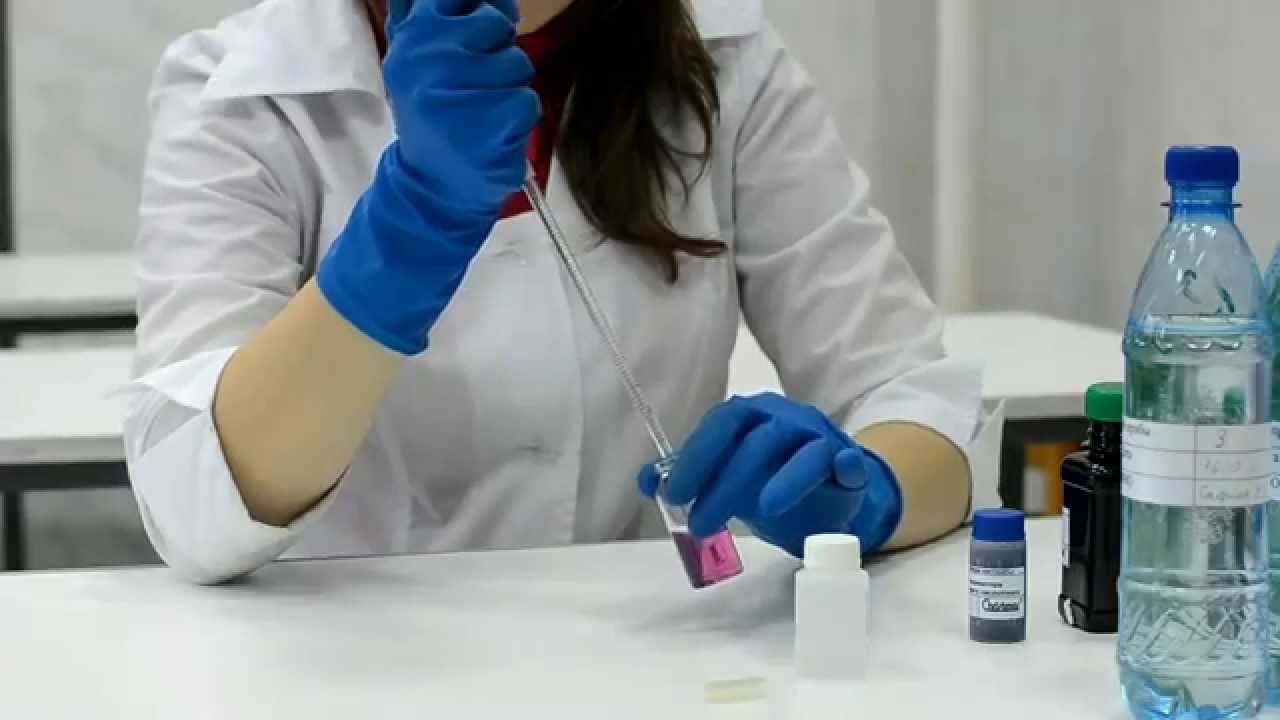Today I will tell you about the detection method of sulfate in water. I need to remind you that the method introduced today is suitable for the detection of sulfate ions in water with a content of less than 10mg/L. It is not suitable for the detection of sulfate ion in industrial circulating cooling water or heavily polluted water that uses barium salt as a scale inhibitor and dispersant. The general procedure of the operation is to quantitatively produce barium sulfate precipitation from barium chloride and sulfate ions in an acidic solution. After filtering, washing and burning and weighing, the content of sulfate ions is calculated according to the relevant formula.

Instruments used to detect sulfate in water
1. Constant temperature water bath
2. High temperature furnace (0-1000℃)
3. Dry box
4. Porcelain crucible
5. Analytical balance
6. Crucible filter (pore size 5-15um)
Reagents and drugs used for testing1. Hydrochloric acid solution (1+1)
2. Nitric acid
3. Methyl orange indicator (1g/L)
Weigh 0.1g of methyl orange, dissolve it in 70℃ third-grade reagent water, cool and dilute to 100mL
4. Barium chloride solution (100g/L)
Weigh 10g of barium chloride (BaCl2·2H2O), dissolve it in tertiary reagent water, and dilute to 100mL
5. Silver nitrate solution (17g/L)
Weigh 8.5g silver nitrate, add 0.25mL concentrated nitric acid, then add 200mL tertiary reagent water to dissolve and dilute to 500mL.
Operation steps for sulphate detection in water
1. Accurately measure 100~200mL of water sample filtered by slow quantitative filter paper (containing about 10~40mg of sulfate ion) in a beaker, add a few drops of methyl orange indicator, dropwise add hydrochloric acid (1+1) to make water After the sample solution turns red, excess 2mL again, and add tertiary reagent water to 200mL
2. Boil for 5 minutes, under constant stirring, slowly add 10 mL of barium chloride solution at about 80°C until the clear liquid on the upper part of the solution no longer appears white and turbid, indicating that the sulfate has precipitated completely, and then add 2 mL of barium chloride solution. , Then put the beaker in a water bath at 80~90℃ and heat it for 2h.
3. Filter with a crucible filter that has been dried to a constant weight at 105°C. Wash the beaker and the precipitate with hot tertiary reagent water, and transfer all the precipitate to the filter paper until the filtrate is added with a drop of silver nitrate solution. Until muddy.
4. Dry the crucible filter at 105°C for 0.5h, and repeat the operation until it has a constant weight.
5. According to p=[(m-m0)M1 /VM2 ]X106 to obtain the sulfate parameter.
Precautions during testing
(1) Water sample
① Phosphate and polyphosphate will produce corresponding barium salt precipitation, which interferes with this method. When the content of polyphosphate or orthophosphate in the water sample is greater than 10mg/L, the result will be higher or lower, and potentiometric titration should be used.
② Suspended solids, nitrates, sulfites and silicon dioxide in water samples can make the results higher. Alkali metal sulfates and hydrogen sulfates can make the results lower.
(2) Operation
① Add barium chloride precipitant drop by drop under constant stirring, otherwise the solution will be too concentrated locally, which will reduce the solubility of the precipitate and generate large heavy crystal nuclei, which will cause the phenomenon of encapsulation.
Resolution, large heavy crystal nuclei are formed, and the phenomenon of "wrapping" appears. (131) Shikijia
②After precipitation, keep it in a water bath at 80~90℃ for 2h, or leave it overnight. This is the aging process, so that the crystals gradually grow up and are easy to filter.
③No flame should appear during ashing, otherwise it will easily cause the loss of the test object
④ "Weighing to constant weight" means that the difference between the weighing after drying or burning twice does not exceed 0.4mg
⑤After folding the filter paper for filtration, place it in the funnel, moisten it with water, lightly press the filter paper with clean fingers, so that there are no residual bubbles between the glass wall and the funnel; before filtering, fill the glass tube at the bottom of the funnel with water. The above operation is to prepare for speeding up the filtering speed.
⑥The filter paper cannot be folded in half for the second time
⑦The solution should be filtered after cooling to reduce the dissolution loss of the precipitate in the hot solution.
⑧The ashing must be thorough, otherwise part of the precipitate will be easily reduced to barium sulfide by carbon particles during burning.
⑨Pay attention to air circulation during burning, and the temperature should not be higher than 900, otherwise the precipitation of barium sulfate will decompose into barium oxide.



